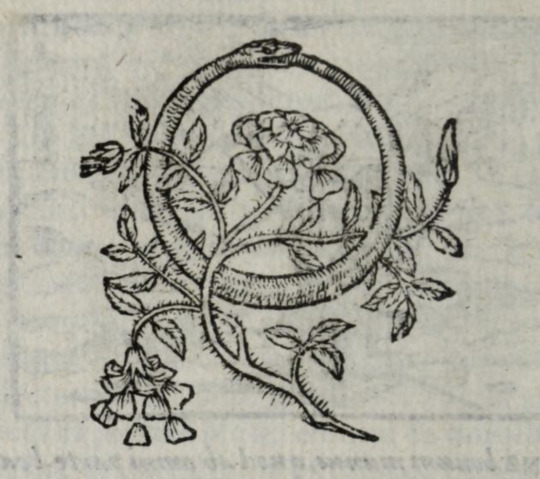Note
Are you open for commission? Please DM’ that’s a amazing artwork you’ve done there
You can use my ko-fi for commissions. I manage them using the site to avoid scams <(_ _*)>
0 notes
Text
Currently struggling between heat and finals.
Damn it, I want to draw and to post more, I hope you guys understand (;ω;`*)
0 notes
Text

Four Symbols 3/4 - 朱雀
Suzaku is the guardian that protects the southern direction of the Heavens. This connection originates from the theory of the Five Elements, assigning the red/fire to the south.
Suzaku rules the summer and they're known as a beautiful bird that control fire, with fiery wings that can drive away evil spirits and give you strength and good fortune. It's depicted on the pedestal in Yakushiji Temple in Nara; on the southern wall of the inner stone coffin of the Kitora Tumulus with the other walls having depicted on them the other three beasts; on the south wall of the burial chamber of Gangseodaemyo Tomb in Pyeongyang. Clearly the placement of Suzaku was not taken by chance.
[source, all rights reserved] [source] [source] [source]
#🐍:post#art#drawing#watercolor#artist#artworks#siling#sixiang#archaeology#china#japan#korea#chinese lore#japanese lore#artstation#mythology#suzaku#vermillion bird#the 4 guardian beasts#vermillion bird of the south#shijin
4 notes
·
View notes
Text

Turtle and Snake - Hanging Scroll by Chen Hongshou, 1598 - 1652
[source]

I can let the watercolored bois out
Four Symbols 1/4 - 玄武
Genbu is one of the shijin, or siling, which are important mythological figures in Taoism. Genbu is the guardian of the north. He is associated with the Chinese element of water, the season of winter and the color black. He is enshrined in the Genbu Shrine, north of Kyoto’s Imperial Palace.
He spans seven of the twenty-eight Chinese constellations, taking up one quarter of the entire sky. The constellation which makes up the snake’s neck is located in Sagittarius. The constellations which makes up the tortoise’s shell are located in Capricornus, Aquarius, and Pegasus. The constellations which make up the snake’s tail are located in Pegasus and Andromeda.
The Black Tortoise's Chinese name Xuan Wu was derived from the black northern cardinal point color (Xuan) and its rugged shell which resembles armor, linked to the military (Wu).
[source, all rights reverved] [source] [source]
3 notes
·
View notes
Text
I'm literally Blaziken

Pokémon fortune telling
10K notes
·
View notes
Text

Four Symbols 2/4 - 白虎
Byakko is one of the shijin, or siling, which are important mythological figures in Taoism. It's the guardian of the west and it's associated with the Chinese element of metal, the autumn season and the color white. He is enshrined in the Matsuo Taisha, located in the eastern region of Kyoto.
The white tiger is considered an auspicious creature because of its beautiful appearance. “A land suitable for the four gods” is a land where the four gods who control the four directions protect the north, south, east, and west, and means “the best land” where good energy gathers and stays. It is said that there is a clear stream to the east (Soryu), a wide open wetland to the south (Suzaku), a long road to the west (Byakko), and a towering mountain to the north (Genbu).
We can find hints of its relation to the West cardinal point inside the Takamatsuzuka Tomb and in the Kitora Tomb, both in Nara, where the White Tiger occupies the center of the west wall, with the moon appearing above the tiger.
[source, all rights reserved] [source] [source] [source]
#🐍:post#art#drawing#watercolor#artist#artworks#china#korea#japan#archaeology#byakko#white tiger#white tiger of the west#chinese lore#japanese lore#anime#sixiang#siling#shijin#the 4 guardian beasts#artstation#mythology
2 notes
·
View notes
Text
It's Monster Hunter Rise frfr


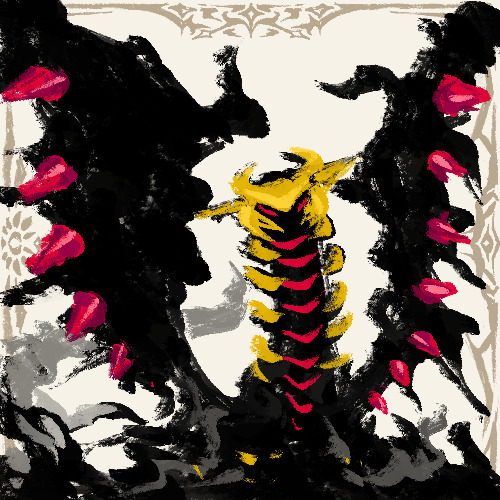

Poorly drawn Pokemon of Myth
21K notes
·
View notes
Text


I really like this mon only because is based on the Azure Dragon from chinese/japanese mythology and omfg I recently found an essay about the 4 sacred beasts and I have gone insane about it.
Anyway I did a wallpaper and a little pixel art with Azulongmon/Qinglongmon
1 note
·
View note
Photo

Happy 4th anniversary to 9 Songs of the Moving Heavens! Subbed video to be released soon.
4 notes
·
View notes
Text

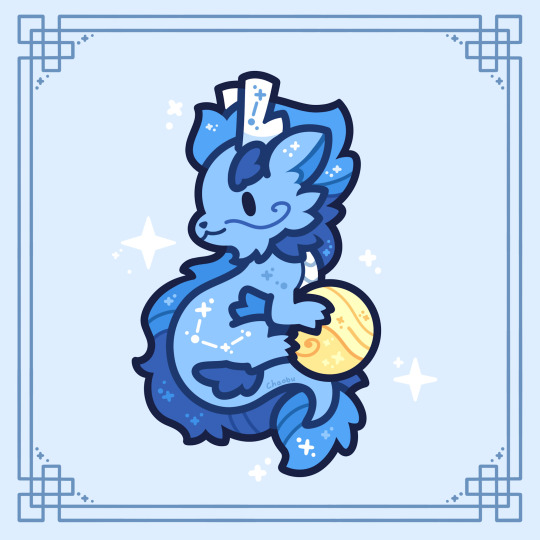
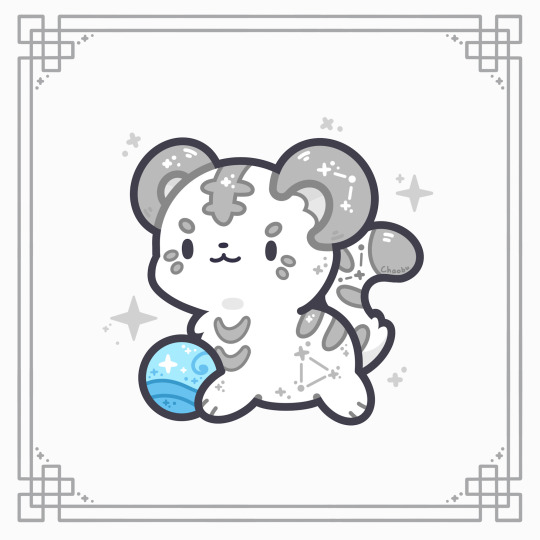
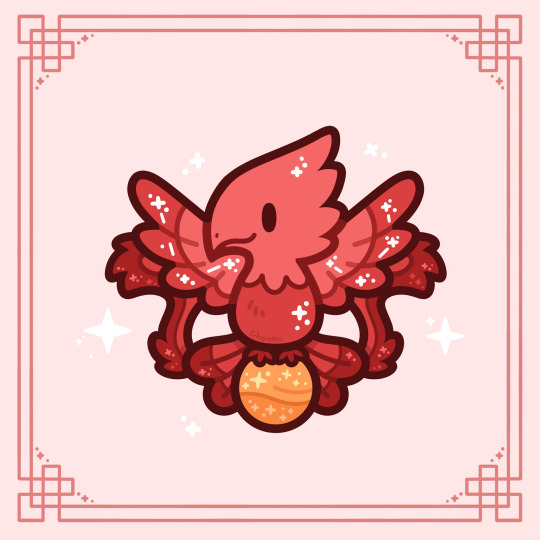

Creatures from Chinese mythology - Four Symbols addition (Black Tortoise, Azure Dragon, White Tiger, Vermillion Bird, Yellow Dragon) (2/3)
Black Tortoise: The Black tortoise of the North is connected to water and winter. It is associated with longevity and wisdom and is often depicted with a snake coiled around it, or as a tortoise-snake chimera.
Azure Dragon: The Azure Dragon guards the East. While most Chinese dragons are associated with water, the Azure Dragon is tied to the element of wood and the spring season.
White Tiger: The White Tiger of the West is associated with the element of metal and the autumn season. It fights against threats from both the mortal and spirit world.
Vermilion Bird: The Vermilion Bird of the South is associated with the element of fire and summer. It is a symbol of good luck and is often equated with the phoenix.
Yellow Dragon: The Yellow Dragon of the Center is the fifth member of the Four Symbols. It is associated with the element of earth and the changing of seasons.
630 notes
·
View notes
Text


Practice with Gold and Silver
4 notes
·
View notes
Text

I can let the watercolored bois out
Four Symbols 1/4 - 玄武
Genbu is one of the shijin, or siling, which are important mythological figures in Taoism. Genbu is the guardian of the north. He is associated with the Chinese element of water, the season of winter and the color black. He is enshrined in the Genbu Shrine, north of Kyoto’s Imperial Palace.
He spans seven of the twenty-eight Chinese constellations, taking up one quarter of the entire sky. The constellation which makes up the snake’s neck is located in Sagittarius. The constellations which makes up the tortoise’s shell are located in Capricornus, Aquarius, and Pegasus. The constellations which make up the snake’s tail are located in Pegasus and Andromeda.
The Black Tortoise's Chinese name Xuan Wu was derived from the black northern cardinal point color (Xuan) and its rugged shell which resembles armor, linked to the military (Wu).
[source, all rights reserved] [source] [source]
#🐍:post#art#drawing#watercolor#mythology#japan#china#archaeology#genbu#black tortoise of the north#black turtle#artstation#chinese lore#japanese lore#anime#siling#the 4 guardian beasts#sixiang#shijin#korea
3 notes
·
View notes
Note

I made these inspiried by this post
Hello! Bouncing off of that ask regarding rain patterns in kimono, I was curious if lightning is ever used as a motif in kimonos, and if so, what sort of vocabulary is used to describe it? ^^
I've read about the Inazuma pattern before, but I was wondering if there were any others I wasn't aware of, since there's so many different vocabulary terms for kimono patterns!
Thank you for your time!
It is indeed generically named inazuma 稲妻, or also kaminari 雷/raimon 雷文 :)
Lightning is mainly represented via thick lines curling at squares angles (sometimes difficult to tell apart from sayagata) or zigzag lightning bolts shapes (Pikachu's tail style). Another common representation is a bit harder to catch as it looks a lot like matsukawa (pine bark pattern).
Another thunder-adjacent concept coming to me is mitsudomoe 三つ巴 (circle made of 3 magatama/comma-shaped jewels):

This symbol is often used on percussions (like taiko 太鼓, gakudaiko 楽太鼓) which were/are still used for Shinto rituals purpose. This symbol can so symbolize the rumbling sound of thunder (which can drive evil spirits away)... hence why you find it on the dendendaiko of thunder god Raijin 雷神 or used for some oni representations.
505 notes
·
View notes
Text

Magatama (literally "curved balls") are curved, comma-shaped beads that appeared in prehistoric Japan from the Final Jōmon period through the Kofun period, around 10th century BCE to 6th century CE.
From early on, the magatama symbolized "avoidance of evil" or the "magic of good fortune." Its origins are clouded in uncertainty. Some say it represents the shape of an animal tusk, and hence came to represent good luck in agriculture and husbandry. Others say it came from an ancient Korean diagram representing the mother's womb, or embryo, and hence came to mean all good things, like the blessing of a new child, growth, longevity, and properity. [source]
こだいのおまもり can be translated to "Old Amulet"
#🐍:post#art#sketching#omamori#magatama#amulet#good fortune#japan#shinto#jewel#archaeology#diy craft#talisman#religion#reproduction
6 notes
·
View notes

